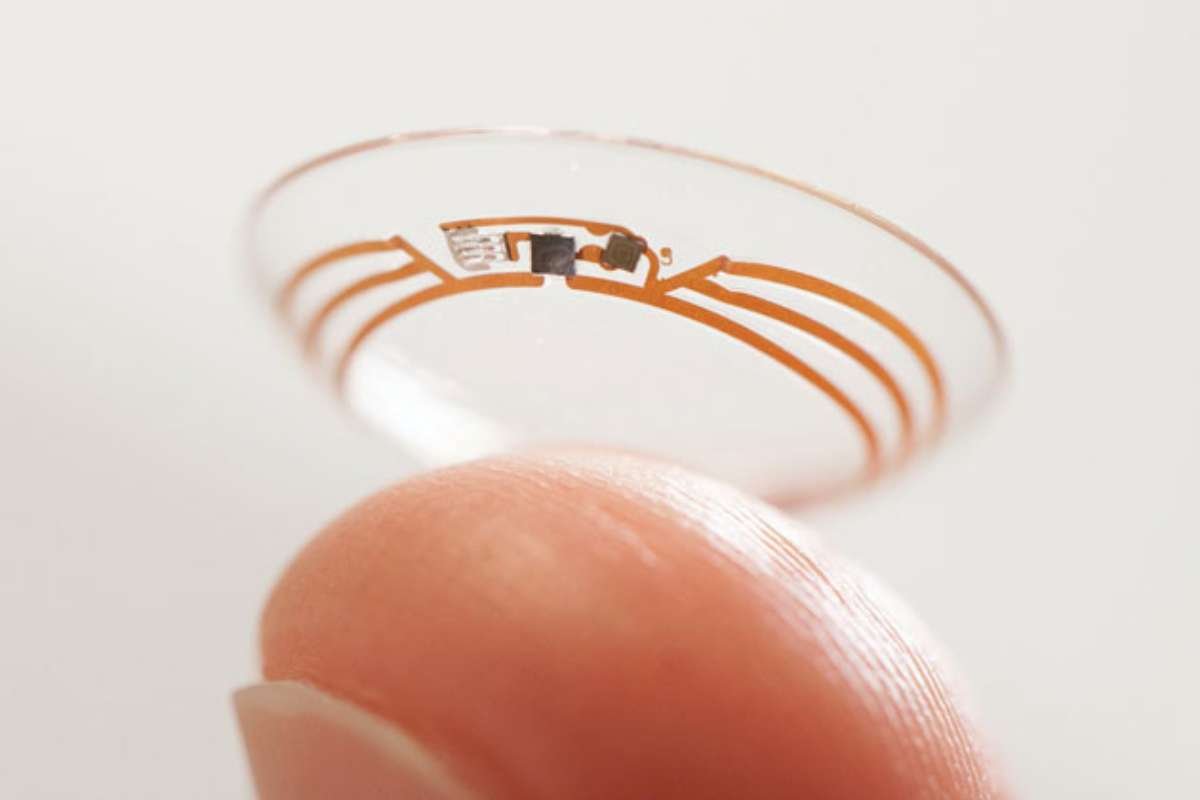In a groundbreaking development, researchers have created infrared contact lenses that allow both humans and mice to perceive infrared light even with their eyes closed. Unlike traditional night vision goggles, this cutting-edge technology, detailed in the journal Cell, operates without a power source. The lenses use innovative nanoparticles that convert invisible infrared radiation into visible light, allowing users to simultaneously see both infrared and visible wavelengths.
According to Tian Xue, a neuroscientist at the University of Science and Technology of China and senior author of the study, the discovery opens the door for wearable “super-vision” devices. “Our research opens up the potential for noninvasive wearable devices to give people super-vision,” Xue explained. The team envisions immediate applications in fields such as security, rescue operations, data encryption, and counterfeit detection, where infrared signals could discreetly transmit information.
The lenses are built with nanoparticles that specifically absorb near-infrared light (800–1600 nm) and emit light in the visible range (400–700 nm). Previously, the same team had injected similar nanoparticles directly into the retinas of mice, but the infrared contact lenses format provides a safer and more practical solution.
How It Works in Mice and Humans
To fabricate the lenses, the researchers embedded the nanoparticles into soft, flexible, and non-toxic polymers used in standard infrared contact lenses. After proving the material’s safety, they tested the lenses on both mice and humans.
Behavioral tests showed that mice wearing the lenses could detect and respond to infrared illumination. For instance, when placed in an environment offering both a dark space and one lit with infrared light, mice with the lenses consistently avoided the lit area, indicating their ability to perceive the infrared radiation. Their pupils also constricted in response to infrared light, and brain scans revealed activity in visual processing areas when exposed to infrared, confirming the presence of vision beyond the normal human range.
Human trials were equally promising. Participants wearing the lenses were able to detect Morse code-style infrared signals and accurately perceive the direction of incoming infrared light. Remarkably, vision improved when participants closed their eyes, as near-infrared light penetrates eyelids more efficiently than visible light, reducing background interference.
Color Coding, Accessibility, and Future Development
One of the most advanced features of the new infrared contact lenses is their ability to distinguish between different infrared wavelengths. By engineering the nanoparticles, the researchers color-coded the infrared light: 808 nm wavelengths appeared green, 980 nm appeared blue, and 1,532 nm appeared red. This not only enhances detail perception but could also benefit individuals with color blindness by converting invisible light into colors they can detect.
To address the current limitation in image sharpness, a result of light scattering due to proximity to the retina, the team has also created a wearable glasses prototype using the same technology. This offers higher spatial resolution for more detailed infrared perception.
Currently, the lenses work only with infrared light emitted from LED sources. However, researchers are actively working to boost the sensitivity of the nanoparticles, with the goal of enabling detection of weaker infrared signals.
“We hope to make a infrared contact lens with more precise spatial resolution and higher sensitivity,” said Xue, hinting at a future where superhuman vision may be as simple as putting in a pair of contacts.
Visit more of our news! The Lifesciences Magazine.







